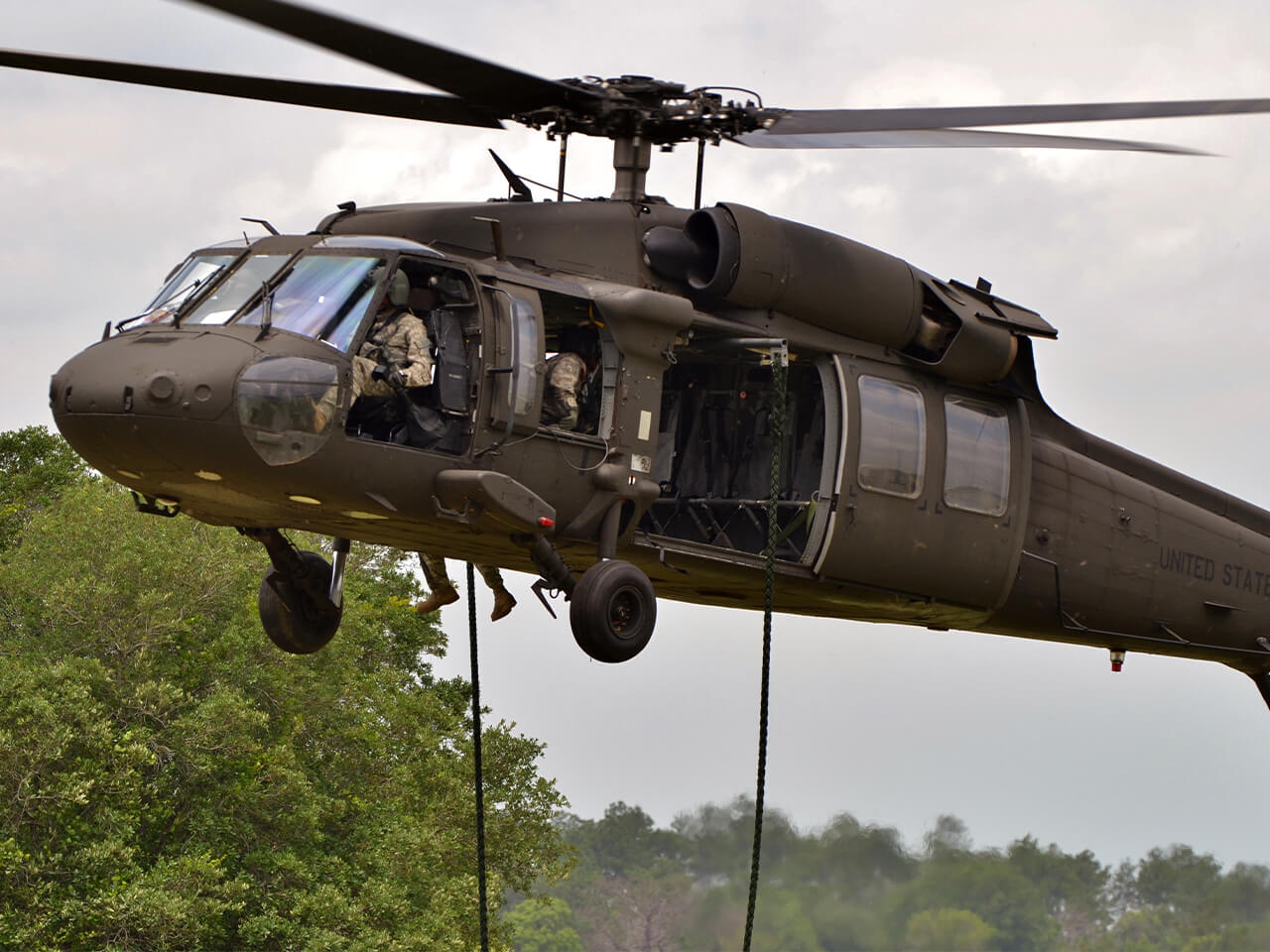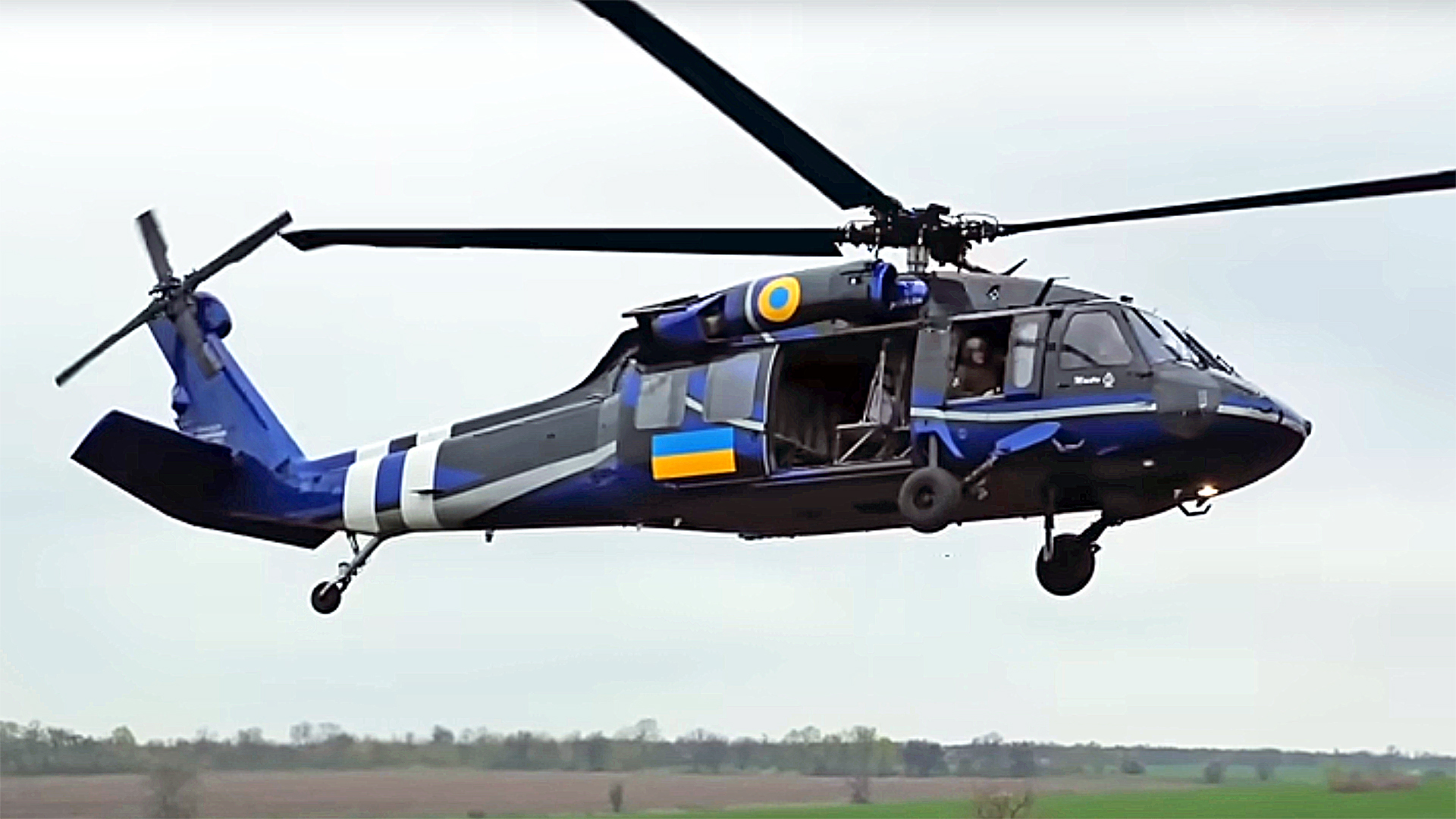The Duty of the UH 60 in Modern Military Procedures
The UH-60 Black Hawk has actually emerged as an indispensable component of modern-day military operations, demonstrating exceptional convenience in a range of tactical atmospheres. The Black Hawk's innovative technology and adaptability to varied fight situations highlight its calculated relevance.
Background of the UH-60
The UH-60 Black Hawk's growth marked a substantial innovation in armed forces air travel, developing from the demand for a flexible energy helicopter that can sustain a large range of functional requirements. Launched in the very early 1960s and late 1950s, the U.S. Army looked for a substitute for the aging Bell UH-1 Iroquois. The style intended to address the increasing complexity of military operations during the Cold War, requiring a system efficient in troop transport, medical emptying, and cargo lift.
The Sikorsky Airplane Corporation was granted the agreement in 1972, leading to the initial trip of the model in 1974. The UH-60 got in solution in 1979, rapidly establishing itself in different battle and altruistic goals - uh 60. Its resilience, speed, and advanced avionics made it a crucial property in the U.S. armed force's collection, particularly throughout conflicts such as the Gulf Battle and operations in Iraq and Afghanistan
Throughout the years, the Black Hawk has undertaken various upgrades and variations, ensuring its importance in modern-day war. As military requirements remain to progress, the UH-60 stays a vital part in the functional capacities of the militaries.
Trick Features and Specs

The UH-60 has a maximum takeoff weight of 22,000 pounds, enabling it to carry a substantial haul, including soldiers, devices, and medical products. It can accommodate as much as 11 soldiers in its army area, showing its capability to support varied operational requirements. The rotor system, featuring a four-bladed primary rotor and a four-bladed tail blades, adds to improved security and maneuverability in different atmospheres, including hilly and city terrain.
Furthermore, the helicopter is geared up with advanced avionics and navigation systems, boosting situational understanding and operational performance. The mix of these specifications emphasizes the UH-60 Black Hawk's critical duty in modern-day army aeronautics, making it a critical possession for armed forces worldwide.
Tactical Duty in Battle
Regularly deployed in various battle circumstances, the UH-60 Black Hawk serves several tactical duties that enhance its worth on the battleground. Mostly recognized for army transport, this functional helicopter successfully relocates personnel and tools into and out of hostile settings, guaranteeing fast reaction capacities. Its ability to run in both day and night conditions, paired with sophisticated avionics, permits exact insertion and extraction of forces.
Along with army transport, the UH-60 is furnished for medevac procedures, offering vital assistance to injured soldiers during fight. With specialized clinical tools and workers onboard, the Black Hawk can promptly evacuate casualties, significantly boosting survival rates.
Furthermore, the Black Hawk plays an essential duty in logistical support, supplying products and ammo directly to frontline systems. Its robust layout allows it to bring significant payloads, assisting in continual procedures in austere conditions.
The helicopter likewise serves as a system for close air assistance, integrating with ground pressures to provide aerial reconnaissance and fire support. This multifaceted ability highlights the UH-60's crucial role in modern military procedures, adapting to the developing dynamics of battle.
Altruist and Rescue Missions
Humanitarian and rescue goals are essential components of the UH-60 Black Hawk's operational capacities, showcasing its convenience past combat functions. The airplane's style allows it to efficiently deliver personnel, materials, and clinical devices, making it an important asset in dilemma circumstances. In disaster-stricken locations, the UH-60 can supply essential help, consisting of food, water, and clinical help, straight to impacted populations.
Additionally, the Black Hawk stands out in search and rescue operations. Its all-weather abilities and sophisticated avionics allow it to perform missions in difficult atmospheres, whether mountainous terrain or adverse weather. This versatility is better improved by see this page its capability to release specific rescue groups and hoists, making sure quick removal of individuals in distress.
The UH-60's ability to run in both city and remote locations assists in timely reactions to emergencies, consisting of natural catastrophes, altruistic crises, and medical evacuations. Its function in these goals not just saves lives yet additionally fosters a good reputation and enhances community relationships. Ultimately, the Black Hawk's payments to humanitarian and rescue efforts emphasize its value as a multi-role system within modern-day military operations, strengthening its commitment to support and safeguard private populaces in requirement.

Future Advancements and Innovations
As military modern technology continuously develops, the UH-60 Black Hawk is poised to undertake substantial future developments and advancements that will certainly enhance its capabilities. Key advancements are expected in avionics, propulsion systems, and products, making certain the Black Hawk continues to be a crucial property on the field of battle.
One significant location of focus is the assimilation of sophisticated avionics, including boosted situational awareness systems and synthetic intelligence-driven navigation tools. These developments will boost functional effectiveness and decision-making throughout facility objectives. Updated propulsion systems might offer higher gas efficiency, expanded array, and enhanced total performance, allowing the helicopter to run in varied settings.
Furthermore, the development of composite products and advanced manufacturing methods promises to reduce the airplane's weight while maintaining architectural integrity - uh 60. This reduction will certainly enhance flight characteristics and functional adaptability

Jointly, these developments will guarantee that the UH-60 Black Hawk remains a foundation of contemporary military procedures well into the future.
Conclusion
The UH-60 Black Hawk remains integral to modern-day armed forces operations, showcasing versatility in fight and support duties. The Black Hawk's effectiveness in altruistic and site link rescue efforts underscores its importance past the combat zone.
The UH-60 Black Hawk has actually emerged as an essential element of contemporary military procedures, demonstrating exceptional versatility in an array of tactical environments.The UH-60 Black Hawk's advancement marked a substantial innovation in military aviation, progressing from the requirement for a versatile utility helicopter that might sustain a large variety of operational demands.Remarkable for its flexibility and performance, the UH-60 click this link Black Hawk features a range of specs that improve its efficiency in numerous military operations.Altruistic and rescue missions are critical components of the UH-60 Black Hawk's functional capabilities, showcasing its convenience beyond battle roles.The UH-60 Black Hawk stays indispensable to contemporary armed forces operations, showcasing adaptability in fight and support duties.